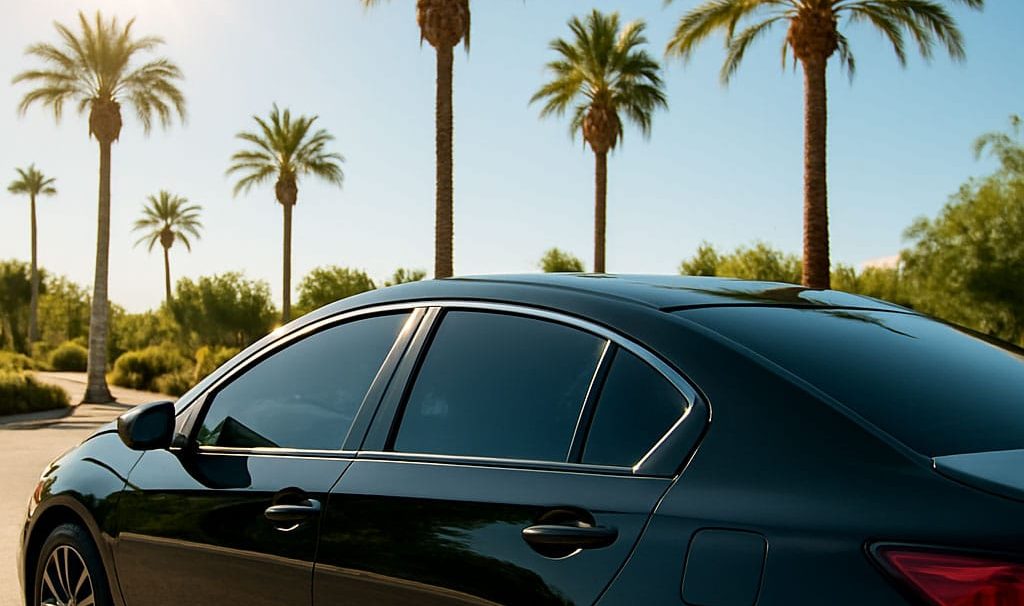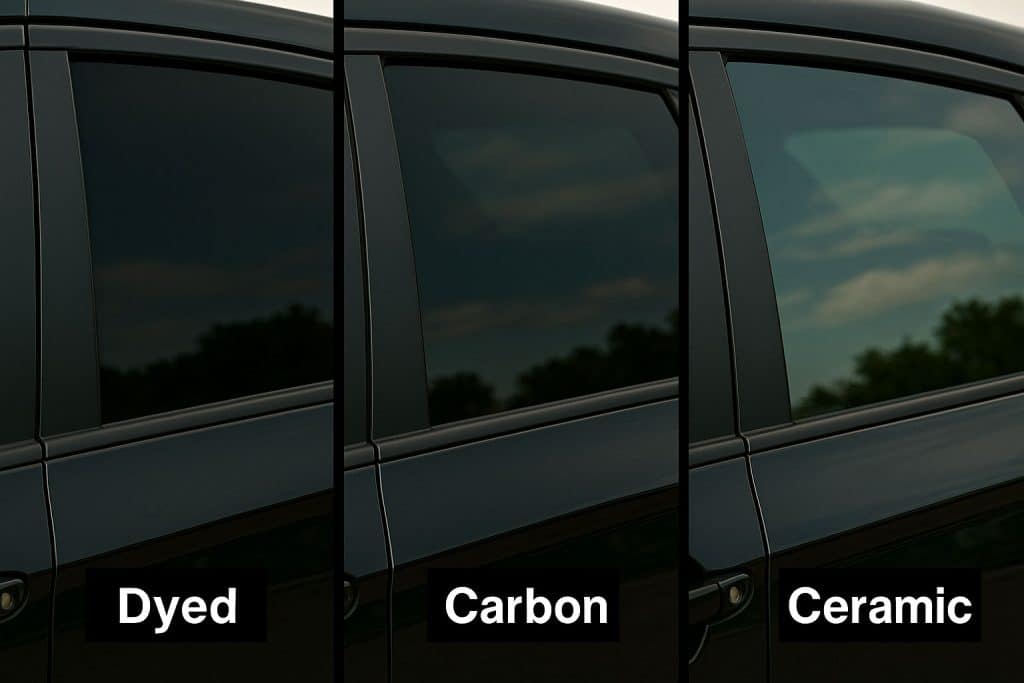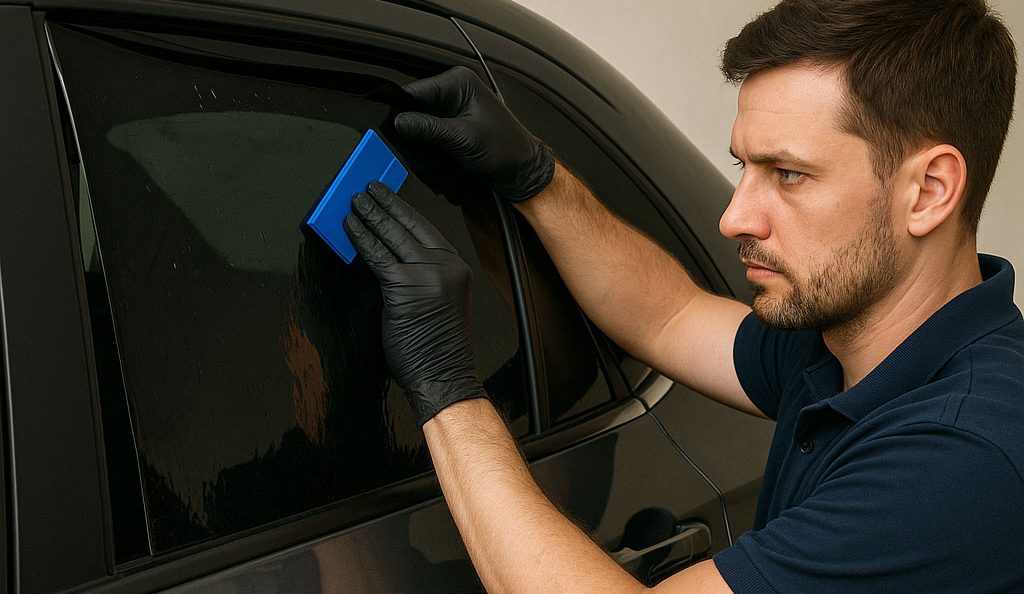The Fog Around Car Window Tinting
Despite its popularity, car window tint is surrounded by confusion. From beliefs about legality to performance, misinformation can lead to poor decisions or missed opportunities. Understanding what’s true (and what’s not) about window tinting is essential for Southern California drivers, where the sun reigns nearly year-round.
In this article, we’ll clear the haze by debunking the top six myths about car window tint. Whether in San Diego, Orange County, or elsewhere in SoCal, you’ll drive away with clarity.
Myth #1 – Tinted Windows Are Illegal in California
The Truth: Many drivers think tinting car windows is flat-out illegal. The truth? California law allows tinting, but with clear guidelines. Here’s a quick breakdown:
- Front Side Windows: Must allow 70% of outside light in.
- Back Side & Rear Windows: Can be darker, especially with dual side mirrors.
- Windshield Tint: Only the top 4 inches (a strip known as the AS-1 line) can be tinted.
You’re good to go as long as your tint follows these rules. Working with a licensed installer ensures compliance, especially in areas like San Diego, where local enforcement can be strict.

Myth #2 – Darker Tint Equals Better UV Protection
The Truth: This myth can be dangerous and not just wrong. UV protection is not directly tied to how dark the tint looks. High-quality ceramic or carbon films can block 99% of harmful UV rays even if they appear almost clear.
In fact, the best UV protection films often don’t look dark at all. This is ideal for SoCal drivers who want protection without sacrificing visibility or attracting legal scrutiny.
Myth #3 – Tinting is Just for Looks
The Truth: Tinted windows give your ride a sleek, custom appearance—but that’s just the beginning.
Professional-grade window tints provide:
- Heat rejection, keeping interiors cooler (especially crucial in SoCal summers)
- UV and infrared protection, preserving your skin and car interior
- Glare reduction, improving visibility, and reducing eye strain
- Privacy and security, by obscuring valuables from view
So, while aesthetics are a nice bonus, performance benefits are the real reason to tint your windows.
Myth #4 – DIY Tinting is Just as Good as Professional Work
The Truth: DIY kits are widely available but rarely match professional standards. Professionals use:
- Precision cutting tools for a perfect fit
- High-quality films with manufacturer warranties
- Clean-room installations to prevent bubbling, peeling, or contamination
Poor installation in sunny areas like San Diego can result in premature tint failure, leading to added costs and frustration. A certified tinting service ensures longevity, performance, and legal compliance.

Myth #5 – You Can’t See Out of Tinted Windows at Night
The Truth: It depends on the type and percentage of the tint, not the fact that it’s tinted. Modern films, especially ceramic and crystalline, offer excellent visibility at night while still providing heat and UV protection.
Most complaints about night vision issues come from illegal or excessively dark tints, not standard legal ones. Professionals can help you find a film that suits both daytime and nighttime driving conditions, which are common in cities like Los Angeles and San Diego, where driving after dark is frequent.
Myth #6 – All Window Tints Are the Same
The Truth: Far from it. Here’s a quick comparison of common tint types:
| Tint Type | Appearance | Heat Rejection | UV Blocking | Cost | Longevity |
| Dyed | Dark, matte | Low | Moderate | Low | Low |
| Metallic | Shiny/reflective | Moderate | Good | Medium | Medium |
| Carbon | Matte black | High | Excellent | Medium | High |
| Ceramic | Slightly tinted | Very High | Excellent | High | Very High |
Ceramic tint is often recommended for California’s hot, sunny climate. It’s worth the investment for serious UV and heat protection.
Drive Smart and Stay Cool
Car window tinting isn’t just a cosmetic upgrade—it’s a functional improvement for safety, comfort, and vehicle protection. Don’t let myths steer you wrong. Consult a reputable Southern California window tint specialist who understands both the local laws and your needs.
So, are you ready to ditch the myths and make the smart choice? Your car—and your skin—will thank you.


